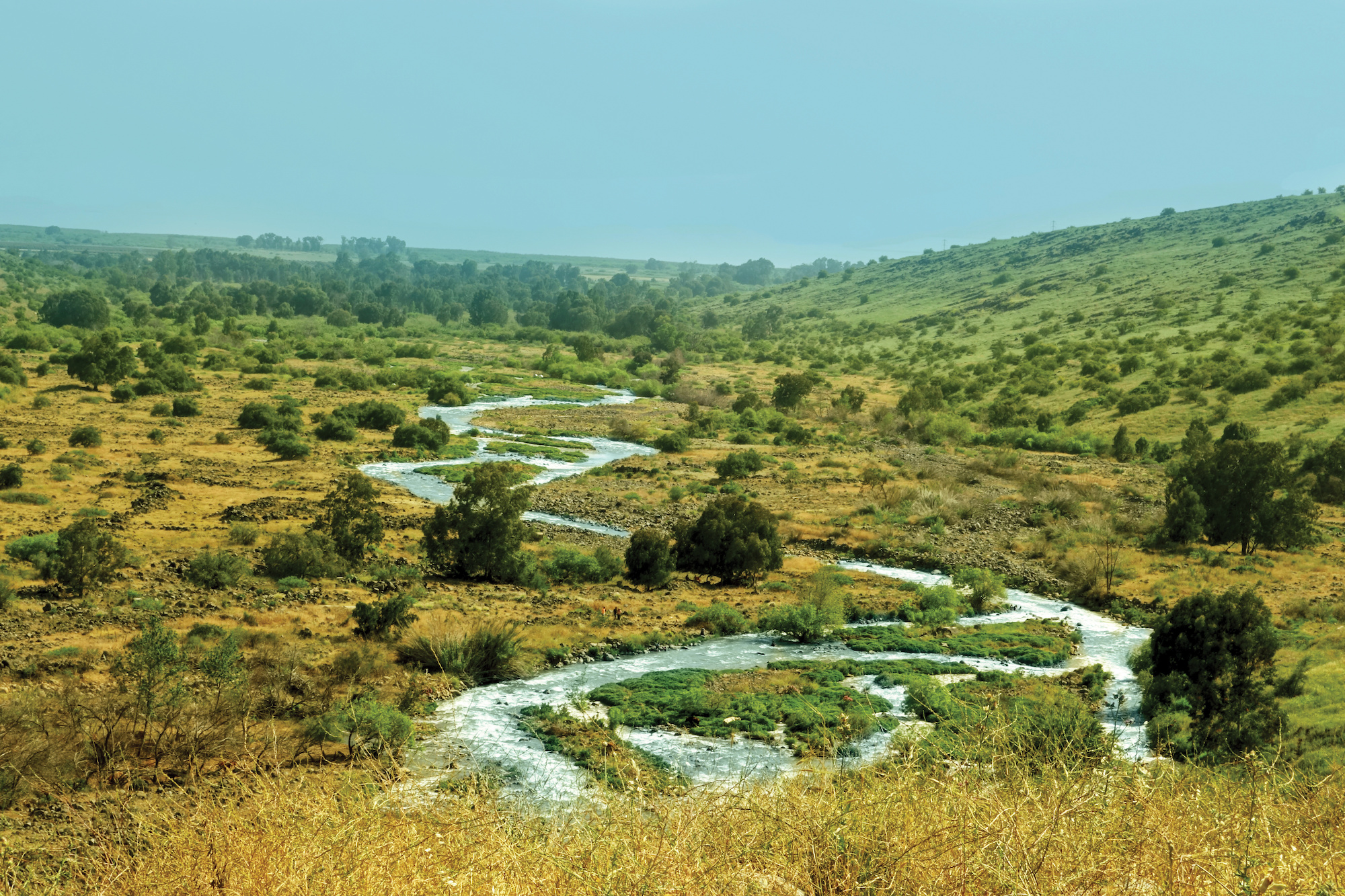Welcome to Facts Vibes! Discover the fascinating world of the Jordan River with these 10 intriguing facts. From its rich history to its ecological significance, this article will take you on a journey through one of the most iconic rivers in the world.
Exploring the Remarkable Jordan River: 10 Intriguing Facts
The Jordan River holds a significant place in history and religion. Here are 10 intriguing facts about this remarkable river.
1. Historical Significance: The Jordan River is mentioned numerous times in religious texts, including the Bible and the Quran, adding to its historical and spiritual significance.
2. Geographic Location: The river flows through the Jordan Rift Valley, which is part of the larger Great Rift Valley, making it a fascinating geographical feature.
3. Bordering Countries: The Jordan River serves as a natural border between Jordan to the east and Israel and the West Bank to the west.
4. Freshwater Source: Despite its relatively small size, the river provides vital freshwater resources to the surrounding region.
5. Baptism Site: The traditional location of Jesus’ baptism is believed to be at a site along the Jordan River, attracting thousands of pilgrims each year.
6. Environmental Concerns: Pollution and water diversion have posed significant challenges to the ecological health of the Jordan River.
7. Ancient Archaeological Sites: The river valley is home to several ancient archaeological sites, enriching its historical importance.
8. Importance for Wildlife: The river and its surrounding wetlands provide crucial habitats for a variety of plant and animal species, including migratory birds.
9. Recreational Activities: The Jordan River offers opportunities for activities such as rafting, kayaking, and hiking, attracting adventure enthusiasts from around the world.
10. Cultural Symbolism: The Jordan River continues to hold deep cultural and symbolic significance for many communities, reflecting its enduring influence.
Exploring the Remarkable Jordan River: 10 Intriguing Facts in the context of history, religion, geography, and culture.
Most popular facts
The Jordan River is approximately 156 miles long.
The Jordan River is approximately 156 miles long.
It flows through the Sea of Galilee, which is also known as Lake Tiberias.
The Jordan River flows through the Sea of Galilee, which is also known as Lake Tiberias.
The river serves as a natural border between Jordan and Israel.
The river serves as a natural border between Jordan and Israel.
It holds religious significance in Christianity, Judaism, and Islam.
The significance of this holds religious significance in Christianity, Judaism, and Islam.
The lower part of the river is highly polluted due to agricultural and industrial runoff.
The lower part of the river is highly polluted due to agricultural and industrial runoff.
Many Christian pilgrims visit the Jordan River to be baptized at specific sites.
Christian pilgrims visit the Jordan River to be baptized at specific sites.
The river has provided water for human settlements and agriculture for thousands of years.
The river has provided water for human settlements and agriculture for thousands of years.
The Jordan River Valley is an important migration route for birds.
The Jordan River Valley is an important migration route for birds.
It is thought to have been a significant trade route in ancient times.
The trade route is thought to have been significant in ancient times.
The river’s flow has significantly decreased in recent decades due to water diversions.
The river’s flow has significantly decreased in recent decades due to water diversions.
In conclusion, the Jordan River is a significant geographical and historical landmark that holds immense importance in religious, cultural, and environmental contexts. With its rich history, diverse ecosystem, and symbolic significance, the river continues to captivate visitors and researchers alike. Understanding the ten essential facts about the Jordan River provides valuable insight into the region’s past, present, and potential future developments.
